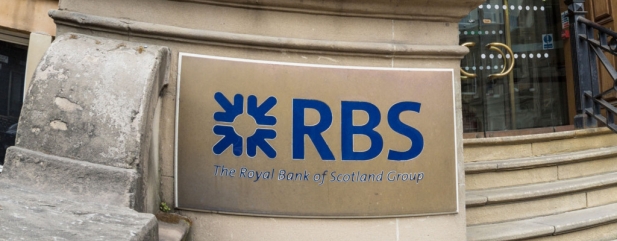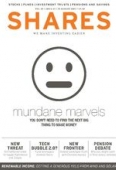Archived article
Please note that tax, investment, pension and ISA rules can change and the information and any views contained in this article may now be inaccurate.
Could RBS return to the dividend list in 2018?

High street lender Royal Bank of Scotland (RBS) is back into net profit in the second quarter to 30 June. This beat analyst forecasts, coming in at £680m compared to the consensus estimate of £343m.
State-owned RBS also had to take a £342m charge for conduct issues and considering the bank posted a £1.1bn loss a year ago, the level of second quarter profitability represents some turnaround.
Philip Hammond, chancellor of the exchequer, is making noises about selling the government’s stake in the bank which equates to 71% of its equity. This would likely crystallise a large loss for the government as it bought shares in the bank for 502p each during the 2008 financial crisis. RBS’ current price is 263.4p.
The bank says that total income for the second quarter was £3.6bn as it continues to focus on mortgage lending. Its retail banking division produced an adjusted return on equity of 32.4% in the first half partly due to its expanded mortgage lending programme. However, if these loans turn bad it could have a material negative impact on the bank.
No alarms and no surprises
RBS has been in recovery mode for some time and it has been on an active restructuring drive. RBS says it has taken out £495m in costs from the bank already although its target for the year is £750m. It has also pledged to cut costs by over £2bn over four years.
Cutting costs by around £1bn a year for the last three years may already have eaten into the central business warns Neil Wilson, senior market analyst at ETX Capital. While this strategy has been working for now, ‘a chronic lack of profits in the last nine years has hurt RBS’s ability to invest in new platforms and IT,’ says Wilson.
The level of capital held by RBS has also beaten market forecasts, its common equity tier one (CET1) is 0.4% ahead of Jefferies estimate, coming at 14.8%. CET1 is basically the size of the bank’s cash reserves against its loans to account for its riskier assets such as unsecured lending. The RBS reading is on par with that of Europe’s largest bank HSBC (HSBA) which stands at 14.7%.
With no dividend foreseeable for this year but some predicting a return for the divi next year, RBS has enjoyed a change in fortunes. A major uncertainty ahead is the US’ Department of Justice pursuing the bank for mis-selling mortgage-backed securities, which could result in a hefty fine.
Important information:
These articles are provided by Shares magazine which is published by AJ Bell Media, a part of AJ Bell. Shares is not written by AJ Bell.
Shares is provided for your general information and use and is not a personal recommendation to invest. It is not intended to be relied upon by you in making or not making any investment decisions. The investments referred to in these articles will not be suitable for all investors. If in doubt please seek appropriate independent financial advice.
Investors acting on the information in these articles do so at their own risk and AJ Bell Media and its staff do not accept liability for losses suffered by investors as a result of their investment decisions.

 magazine
magazine








